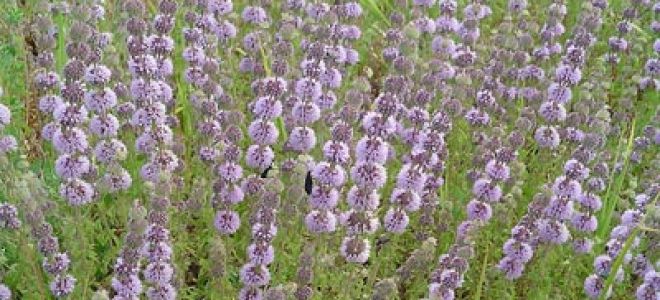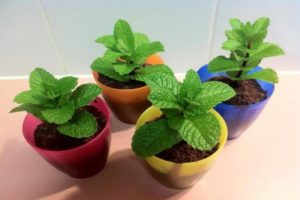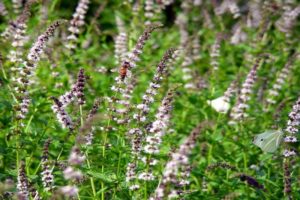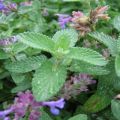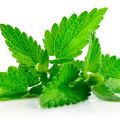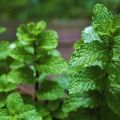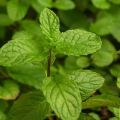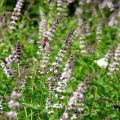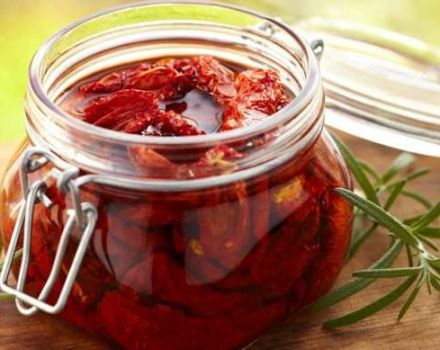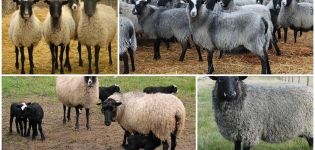Description of ombalo - marsh mint, planting and care features
If you want to try to grow an unusual plant on your personal plot, experts advise you to pay attention to ombalo - swamp mint. This name of the plant is widespread in Georgia, in other countries "flea" is more often used. Fragrant greens are used as a seasoning, used for the preparation of various culinary dishes.
Specificity of the variety
Flea mint belongs to the Lamiaceae family, being a perennial herb. The height of the shoots reaches 25-30 cm. Unlike others varieties of mint the culture has a rounded leaf shape. The plates are wide, wrinkled, curly and slightly pubescent. A feature of the culture is the long flowering period, which begins in June and lasts until the very frost. Inflorescences form in dense, almost spherical rings. At the time of flowering, they have a pink-purple hue with the presence of a white tube. The flea's advantage is its high rooting ability. The plant is characterized by a creeping type of growth. It is considered an excellent honey plant.
Greens are used as a seasoning, while the application is quite extensive. The inhabitants of Turkmenistan add flea when stewing lamb, in Armenia for pickled cheeses, in Georgia for sauces. Greens are also used as a natural insect repellent. Due to the high content of essential oils, mint is used in the field of cosmetology.
In the recipes of traditional medicine, she is credited with wound healing, antiseptic and abortive properties.
Conditions for plant growth
Under natural conditions, the plant develops in floodplain meadows and on river banks. This culture can be found in Asia, Crimea, the Caucasus and Turkmenistan. Ombalo belongs to the category of heat-loving crops, therefore, if it is insufficient, the yield indicators decrease.

When to plant a crop
The plant is grown by sowing seeds in the ground, using the seedling method and by dividing the rhizome. The latter method allows you to quickly multiply the culture and in a short time significantly increase the planting area. Plants are divided from the beginning of spring. The most popular seed varieties are Penniroyal and Pulegium.
Some gardeners practice potted mint.
Planting time is determined depending on the climatic conditions of the region, for the central Russian territories this is the middle of spring.

Preparation of planting material
Mint seeds are quite small, so growing this way requires certain skills. It is recommended to plant the planting material in sandy soil to ensure better germination. After sowing, cover with foil and put in a lighted place. On average, after 15 days, the first shoots appear, at this moment the film is removed.
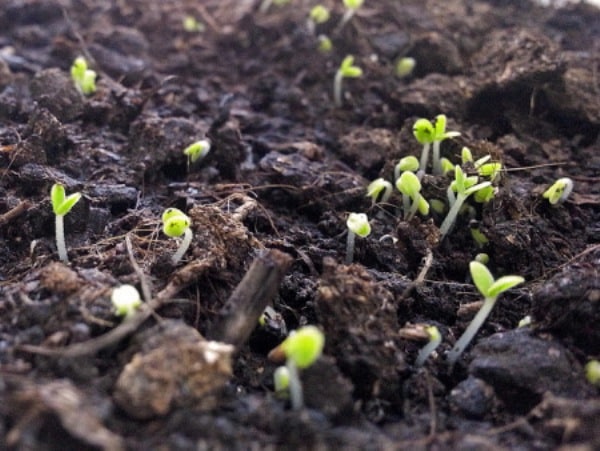
When using the division method, adult plants with a well-formed root system are selected for propagation. There should be no signs of putrefactive damage and other kinds of defects on the shoots. After digging, the bush is carefully divided so that each part has a sufficient number of roots and is transplanted to a new place.
Site selection
For planting, choose open sunny places with a sufficient supply of light. The soil must be fertile. The soil is preliminarily prepared by digging well with no less than a shovel bayonet. The remains of previous plants must be completely removed, in the fall it is recommended to fertilize the planned planting site with manure at the rate of 3 kg per square meter.
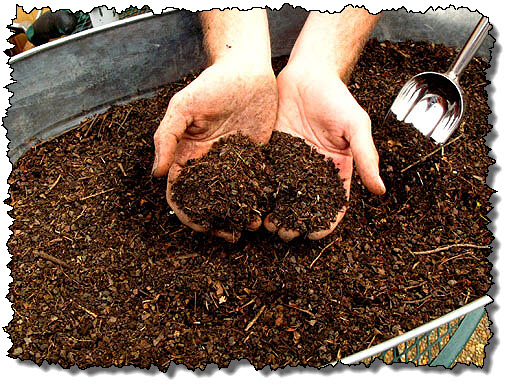
Planting mint
Seedlings are transplanted to the place of permanent cultivation after the threat of frost has passed.
The plant does not survive stress well and does not tolerate temperatures below 8 C.
Planting is carried out in small holes, placing the roots directly on the ground from the growing container. The recommended distance between plants is 30 cm.
Mint care rules
Mint is not considered a demanding crop. It is necessary to remove weeds, and when the top layer of the soil hardens, loosen it. With sufficient natural precipitation, the culture can not be watered, moistening is carried out as needed. During the season, 2 additional fertilizing with complex fertilizers is carried out.
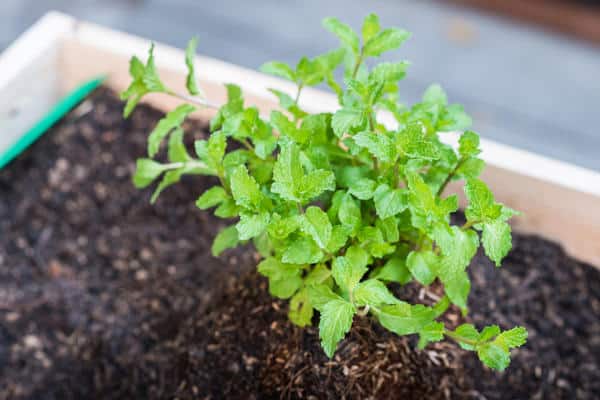
Diseases
Mint is easily susceptible to fungal diseases. Shoots are often attacked by rust or powdery mildew. The first is observed with excessive soil moisture, increased nitrogen content in the soil and cold weather. A preventive measure is compliance with the rules of crop rotation and periodic transplantation of mint bushes.
Pests
Growing can be complicated by pest infestations, as the aromatic seasoning is enjoyed by many insects.
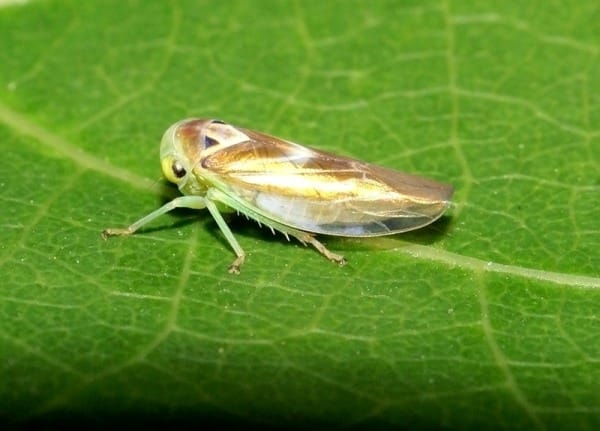
The main danger is associated with invasions of the following insect species:
- aphids;
- spider mite;
- slugs;
- caterpillars;
- leaf beetle.
It is impossible to use chemicals for pest control, therefore, take advantage of the people's councils. For the prevention and control of insects, plantings are sprinkled with ashes, treated with a solution of laundry soap, washed with running water from a hose. The use of a solution based on garlic or celandine has a good effect.
Harvesting and storage
Harvesting begins in June, when the greens are formed in sufficient volume. The crop is harvested by hand, choosing healthy foliage. You can store the herb in dry seasoning or frozen. In the latter case, polyethylene bags are more often used, in which mint greens washed and sorted from garbage are placed. For best storage, it is recommended to remove as much air as possible after placing the grass in the bag. This trick will also significantly save space in the freezer.
